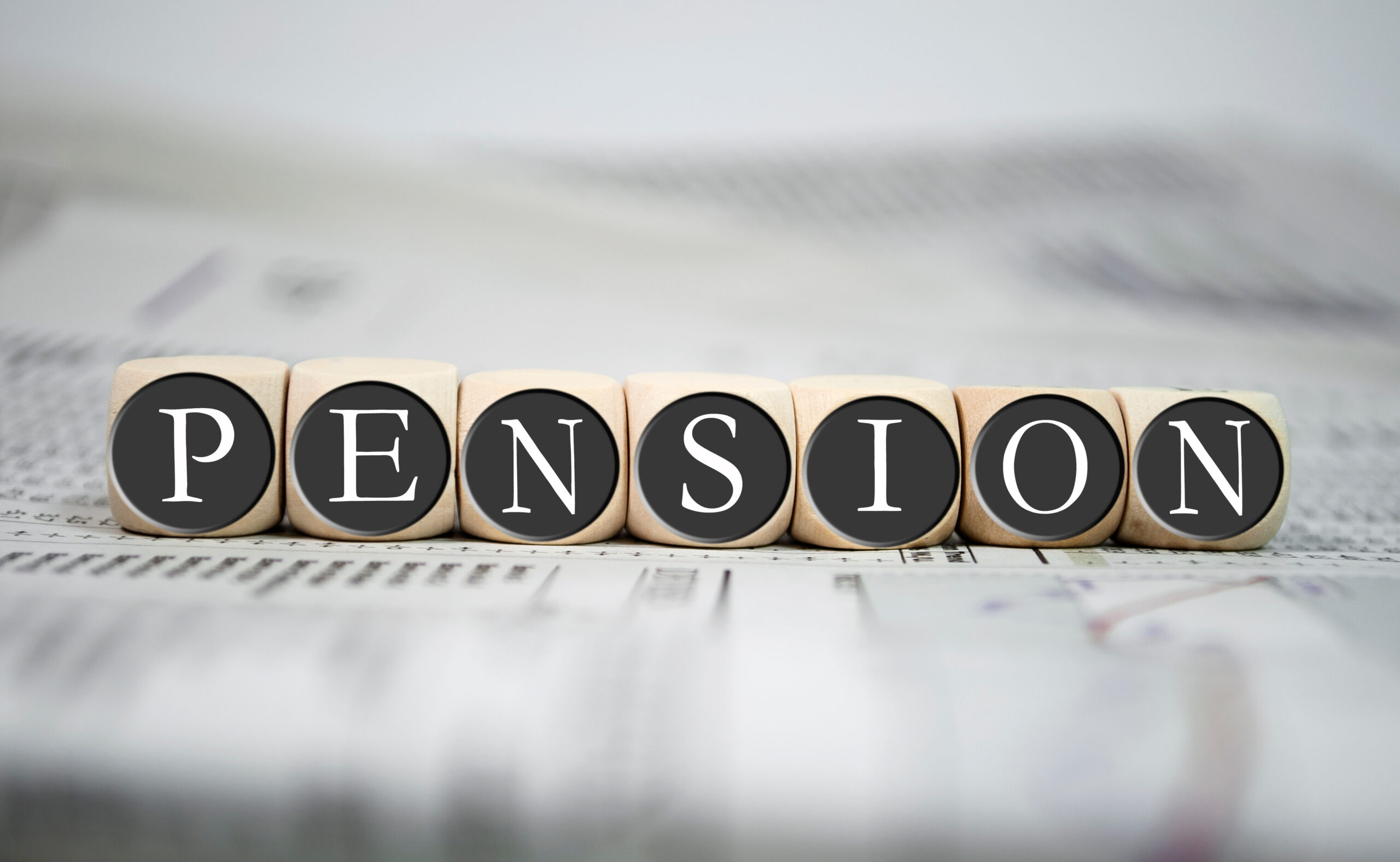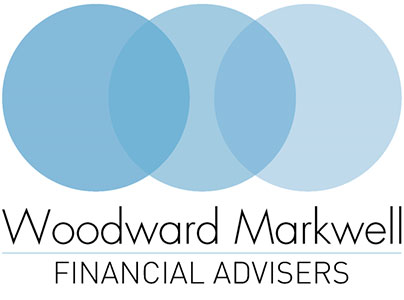
24th April 2023
Retirement Planning
YOUR WEALTH. YOUR LEGACY
It goes without saying that there’s no time like the present to kick-start your retirement planning. The earlier you start, the better. You’ll then be able to set about realistic goal setting and, importantly, diversification of your investments. Working hard to save for your retirement is an important endeavour.
Maximising your annual pension allowance is key to achieving a more tax-efficient retirement income. The current annual allowance allows you to contribute up to £40,000 a year or your annual income (tax year 2022/23), whichever is lower, to your pension and still benefit from full tax relief at your marginal rate of Income Tax.
ANNUAL SELF-ASSESSMENT
For example, if you are a basic rate taxpayer and contribute £100 (gross) into your pension, it will only cost you £80 (net). Your pension provider will claim the difference as tax relief – 20% basic rate tax relief – and add it to your pension pot. If you’re paying higher rates then you can also claim higher rate tax relief by completing the annual self-assessment form.
Planning ahead for the year is key when it comes to retirement and avoiding the emergency tax trap. If you take several large sums from your pension over a few months, this could push you into a higher rate tax bracket and subject you to emergency tax as HM Revenue & Customs may assume you’re planning on taking this income every month.
STAY WITHIN TAX THRESHOLDS
Rather than taking lump sums, it may be more appropriate to spread out the amount from your pension over the next few months or years in order to maintain a clear plan and ensure that you are paying the correct amount of tax. This way, you can enjoy the money from your pension without any surprise taxes down the line.
When it comes to retirement, withdrawing what you need is essential in order to stay within tax thresholds. The benefit of pension drawdown means that you can vary your retirement income from year to year, keeping it within an acceptable threshold.
MISSING VALUABLE ENTITLEMENTS
Additionally, it’s worth thinking about other assets you have available. For example, if you have sufficient savings in your Individual Savings Account (ISA) then this can be withdrawn as taxfree income without affecting your tax bracket. Utilising both pensions and ISAs together can be very useful during retirement.
It’s important to understand your pension and the 25% tax-free cash that you may be eligible for. Some pension savers with older company pension schemes may have more protected cash available than the headline rate, yet many of them often forget they are eligible for these benefits. Don’t assume that your pension has the same benefits as others – an adviser can help you clarify your situation and make sure you aren’t missing out on valuable entitlements.
RIGHT CHOICE FOR YOU
Additionally, you need to be aware of your pension Lifetime Allowance, currently set at £1,073,100 for the 2022/23 tax year. You can save more than this into a pension, but you may be charged additional tax. The amount of tax you pay depends on how you draw the money out and can result in 55% extra tax if you take it as a lump sum or 25% plus Income Tax when taken as an income.
Taking benefits from a defined benefit pension scheme before age 65 may also be subject to an additional cost, but it could still be the right
choice for you. You will receive a lower pension, but for a longer period. This could potentially put you in a lower tax bracket or bring benefits below the lifetime allowance. Before making this decision, weigh up what other savings you have access to, such as ISAs and investments.
HOW WILL YOU AFFORD THE STANDARD OF RETIREMENT YOU WANT?
By maximising your annual pension allowance, you could increase your salary and enjoy a more comfortable retirement in the future. If you would like to discuss your options we can provide a plan to ensure your drawdown strategy is conducted in a tax-efficient way. Please contact us to find out more.
A pension is a long-term investment not normally accessible until age 55 (57 from April 2028 unless plan has a protected pension age).
The value of your investments (and any income from them) can go down as well as up which would have an impact on the level of pension benefits available.
Your pension income could also be affected by the interest rates at the time you take you benefits.
